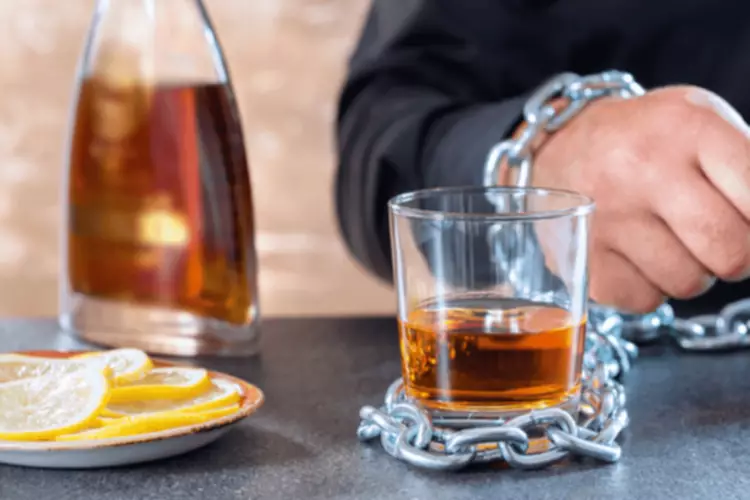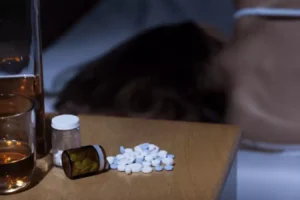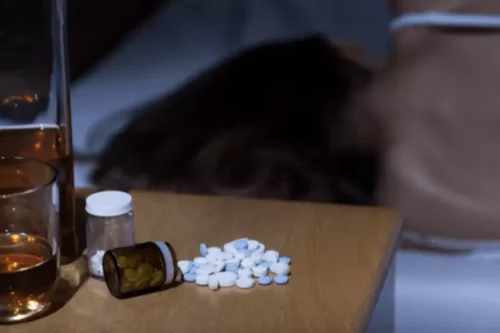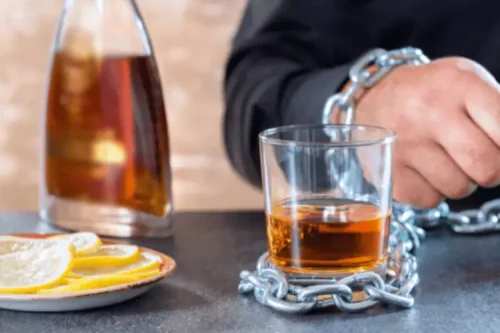
Individuals engaging in art therapy are not required to have any artistic abilities. For those struggling with chemical dependency, art therapy aids in reinforcing the first and third steps of the 12 Steps program while also helping decrease denial. It’s beneficial to inquire if they incorporate approaches like Gestalt, Active Imagination, or Third-hand techniques in their practice. Understanding the anticipated length and regularity of the therapy sessions is vital so that it accommodates your personal requirements and timetable. Explore the vital path of seeking addiction treatment during pregnancy for healthier outcomes. Discover which drugs kill brain cells, their long-term effects, and steps to protect your mental health.
Benefits of Art Therapy: Addiction Recovery and Beyond

Art therapy complements other treatment strategies in addiction recovery, making it more effective by tackling core issues through a multifaceted perspective. By combining art therapy with methods such as cognitive-behavioral or group therapies, individuals can experience an integrated and holistic route to overcoming their addictions. The effectiveness of art therapy is supported by various studies, highlighting its ability to improve moods and reduce emotional distress. Many cultures have historically recognized the arts’ therapeutic value, and art therapy continues this legacy by promoting emotional resilience and supporting a holistic healing process. By incorporating art therapy into a broader treatment plan, individuals can unlock marijuana addiction the full potential of addiction expression and experience profound transformation on their journey to sobriety.

Caffeine and Nicotine are Drugs, Why Are They Excused in Recovery?
- Regular participation can lead to improved mood and reduced anxiety, fostering a sense of accomplishment and control over emotions.
- It’s beneficial to inquire if they incorporate approaches like Gestalt, Active Imagination, or Third-hand techniques in their practice.
- It complements other methodologies, including Cognitive Behavioral Therapy (CBT) and Dialectical Behavioral Therapy (DBT), enhancing their effectiveness.
- Poetry writing can be particularly effective for expressing complex feelings and experiences.
- Addiction is influenced by genetic, environmental, and developmental factors, requiring personalized approaches to care.
- Art therapy can be powerful in motivating and encouraging people to continue their recovery journey from substance abuse.
This therapeutic approach creates a safe and non-verbal environment, making it easier for clients to articulate feelings like fear, guilt, and shame—emotions that are often difficult to express verbally. By engaging in artistic activities such as painting and drawing, individuals can externalize and navigate their emotional experiences. Art therapy is a form of psychotherapy that uses creative expression to help individuals process complex emotions, trauma, and psychological challenges.

Live fully, for life.
- Research indicates that art therapy enhances motivation to change, reduces feelings of denial and shame, and significantly lowers stress and anxiety levels.
- It provides a non-verbal outlet for emotions that may be difficult to express verbally.
- This helps you to feel happy and motivated by simply creating art, proving that you can experience pleasure without drugs and alcohol.
- For subgroup analysis, we categorized the studies based on the focus of the therapy, including art therapy, music therapy, dance/movement therapy, and drama therapy.
- In California, where creativity thrives, art therapy is becoming a vital part of many recovery programs, including at Lifescape Recovery.
Art therapy offers a pathway for individuals to explore their innermost thoughts, emotions, and life experiences through the use of various artistic forms. This therapeutic approach fosters deep personal insight and growth in an atmosphere free from judgment, enhancing one’s ability to express themselves authentically. Participants with depression notice improved self-image and a stronger sense of self-esteem after art therapy sessions. Engaging in art therapy can decrease the denial of addiction and increase motivation to change.

The condition can severely affect a person’s ability to function socially, at work, and in personal relationships, leading to a decline in overall physical health 11, 12. PTSD impacts individuals personally and imposes significant economic burdens on society through healthcare costs, decreased productivity, and increased social services spending 17. Therefore, creating successful therapies for PTSD is essential for public health and presents a significant challenge in clinical practice. Some people find nonverbal expression easier than sharing their feelings in a traditional talk therapy session.
- The inability to release emotions often leads to the suppression of feelings, which can exacerbate substance abuse as a form of self-medication.
- As we can see, art therapy has positive effects on many aspects of recovery and different facets of our life.
- Initially reluctant, she found that through painting abstract images, she was able to express emotions she hadn’t been able to verbalize during traditional talk therapy.
- The integration of art therapy in recovery processes offers profound benefits, transforming traditional approaches to mental health and emotional healing.
Seeking Addiction Treatment During Pregnancy
For example, using painting to the rhythm of music can foster emotional release, while working with clay allows for tactile engagement and personal growth. Despite its expanding role in therapeutic settings, there remains a critical need for more quantitative research and standardized outcome measures. This would provide further validation of art addiction meditation kundalini therapy’s benefits and solidify its role as a powerful therapeutic approach in emotional healing.

This form of therapy is used to address a variety of mental health issues, and can be extremely beneficial for those of us who find it difficult to articulate their experiences and emotions through words alone. Let’s explore how the power of artistic expression can unlock new pathways to sobriety and offer an alternative approach to overcoming alcohol use disorder. Many addiction treatment centers now offer holistic recovery programs, which include art therapy alongside other complementary therapies like yoga, meditation, and mindfulness training. This holistic approach focuses on healing the whole person—mind, body, and spirit—offering a more comprehensive and sustainable path to recovery. Painting, drawing, and sculpture allow clients to externalize inner experiences and emotions that may be difficult to verbalize. Research suggests art therapy may be particularly beneficial for those who struggle to engage in talk therapy alone.